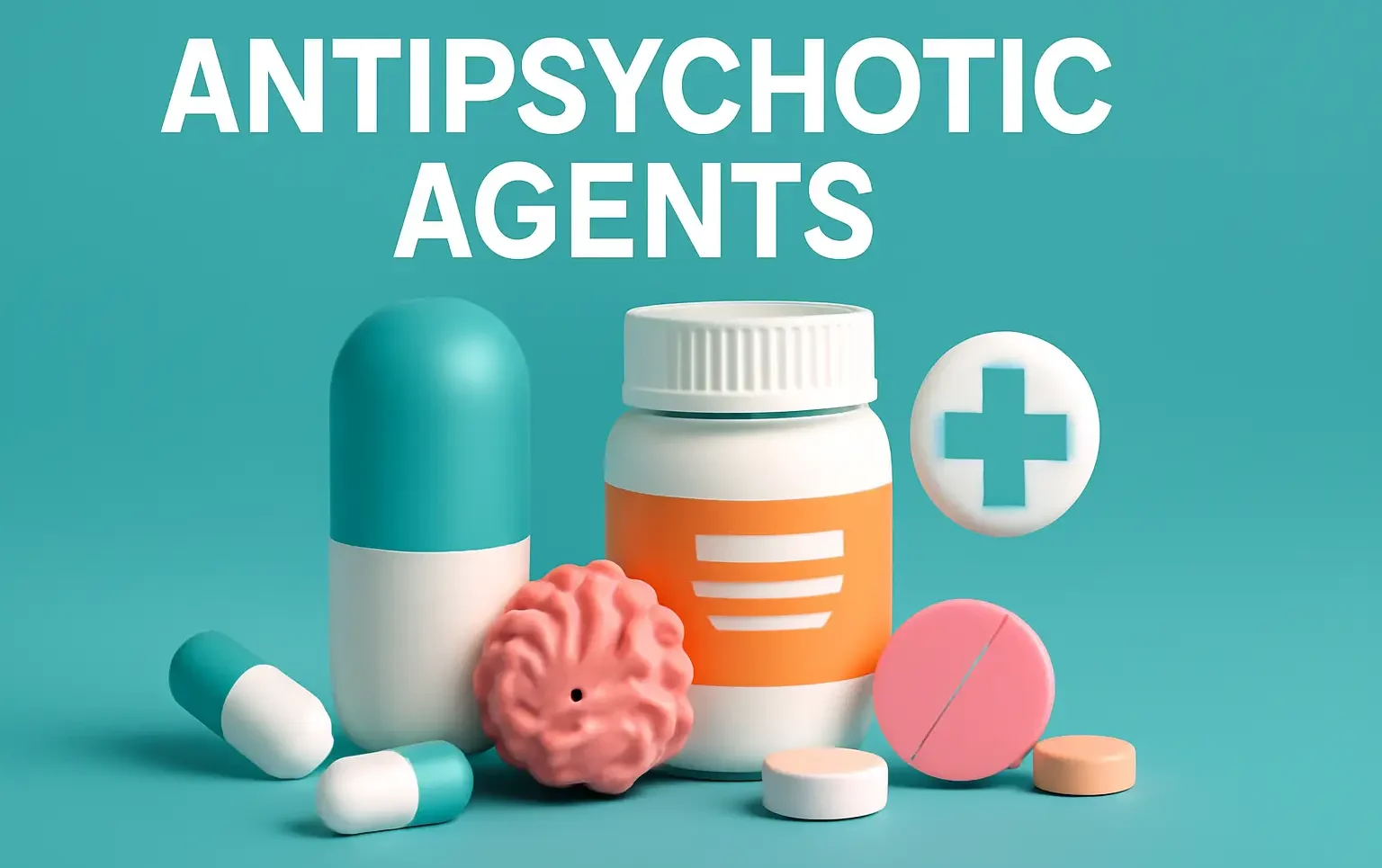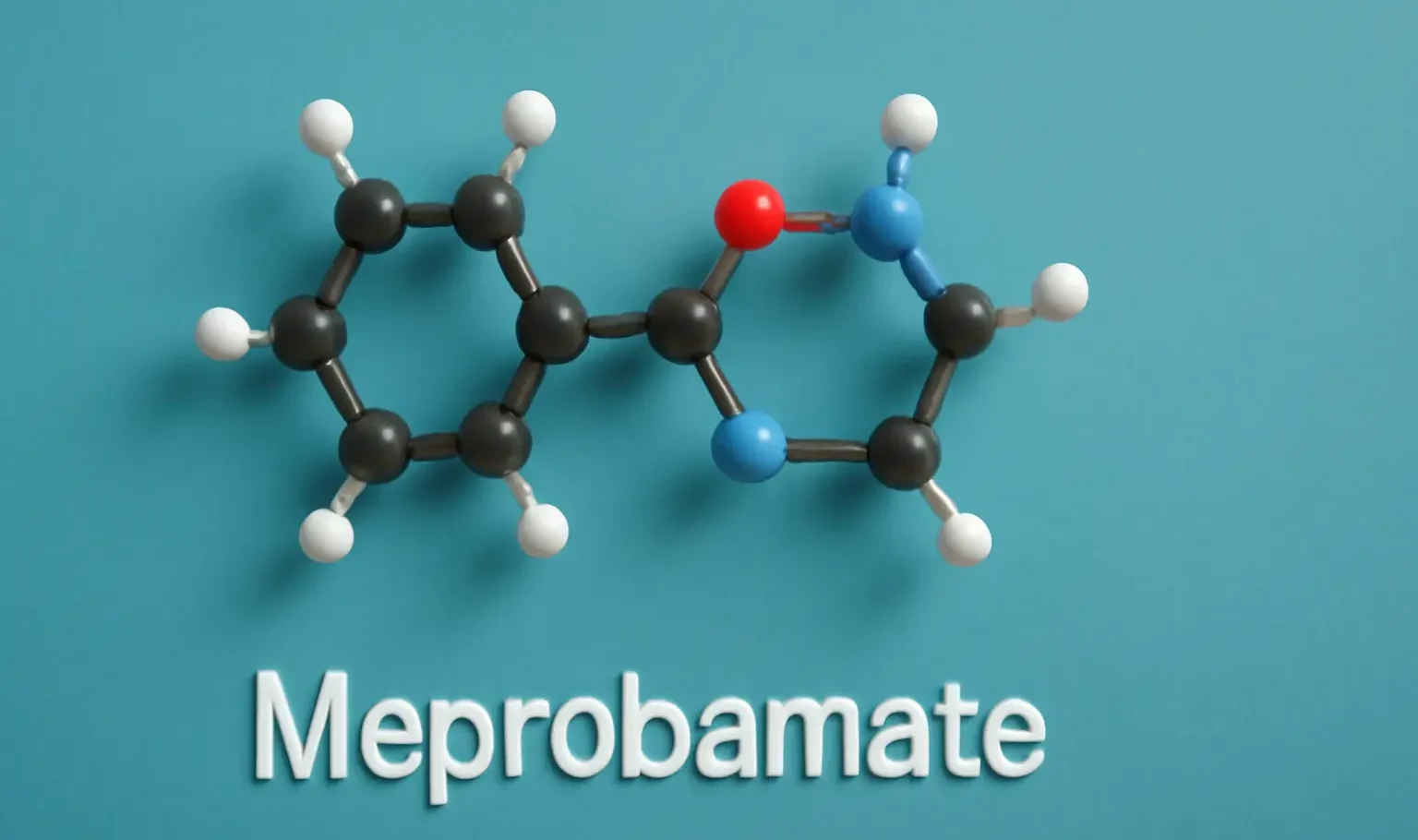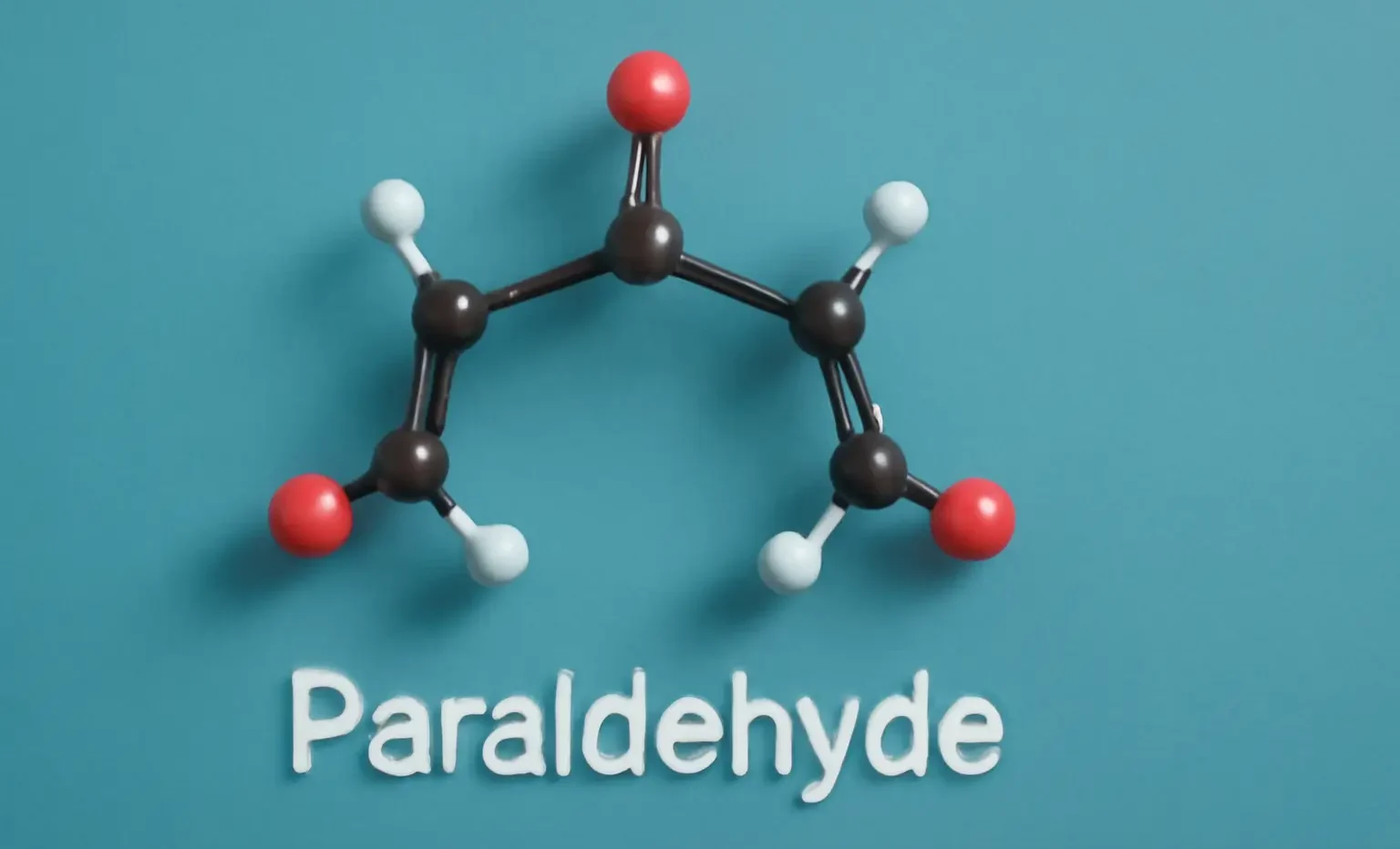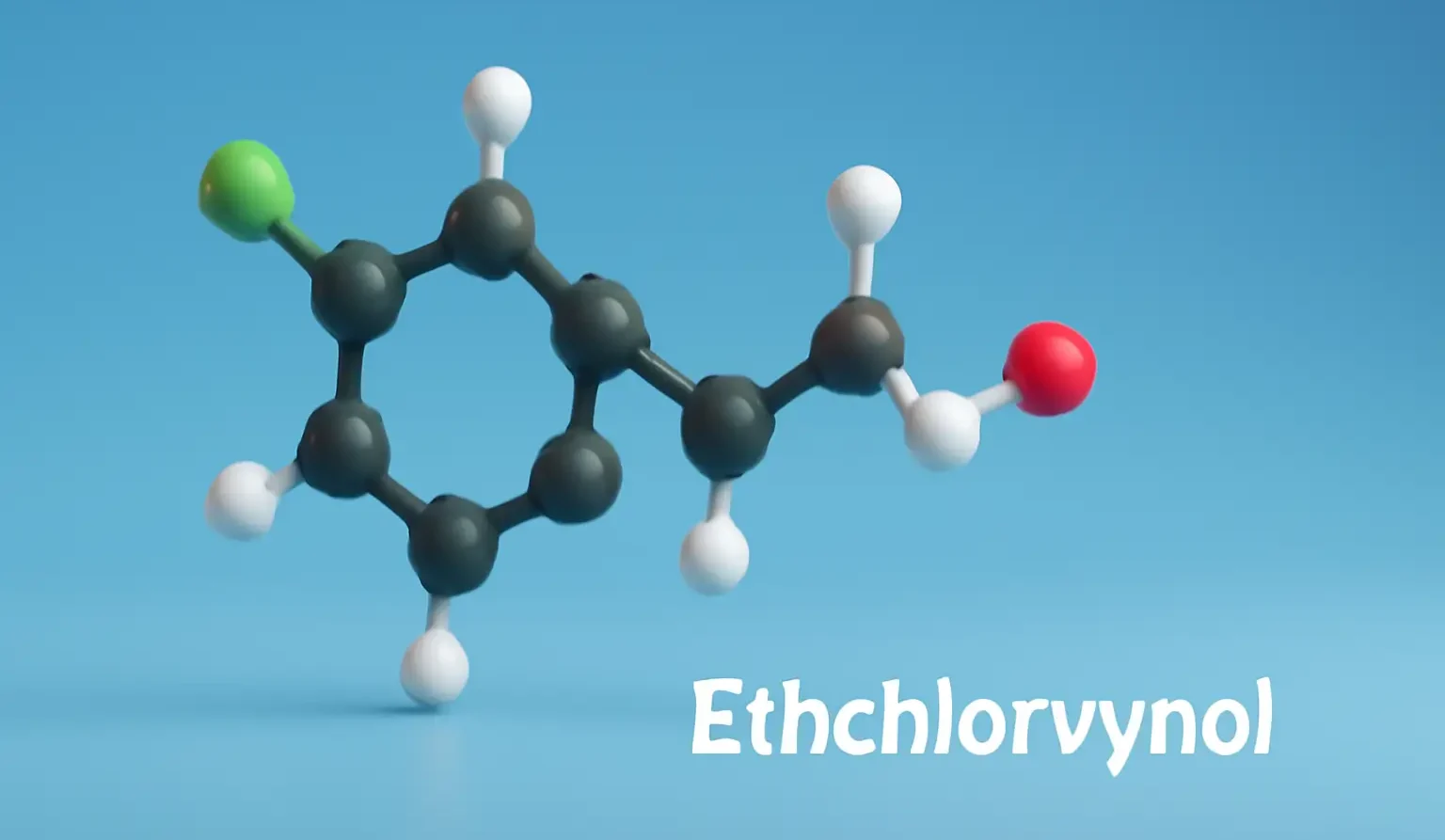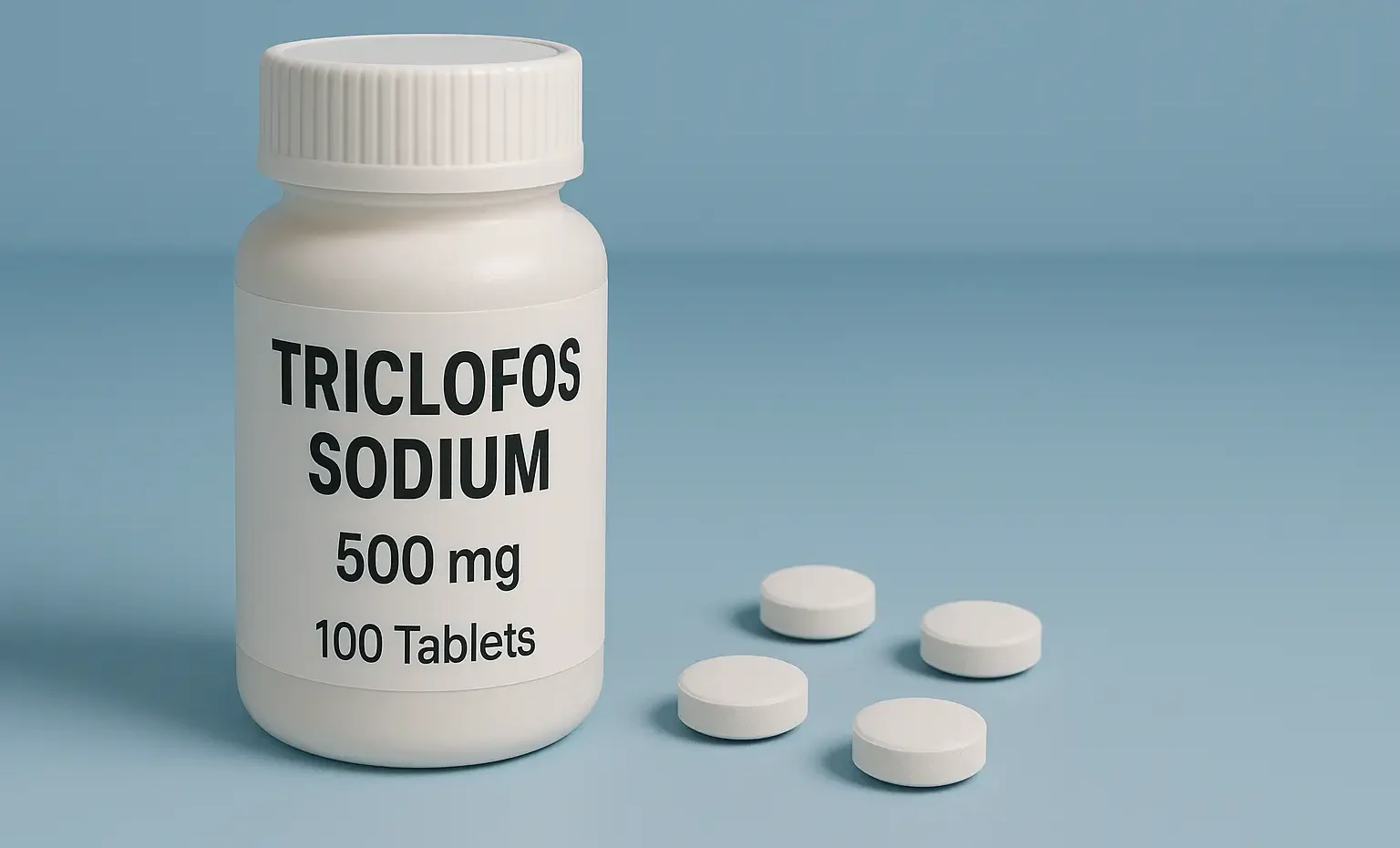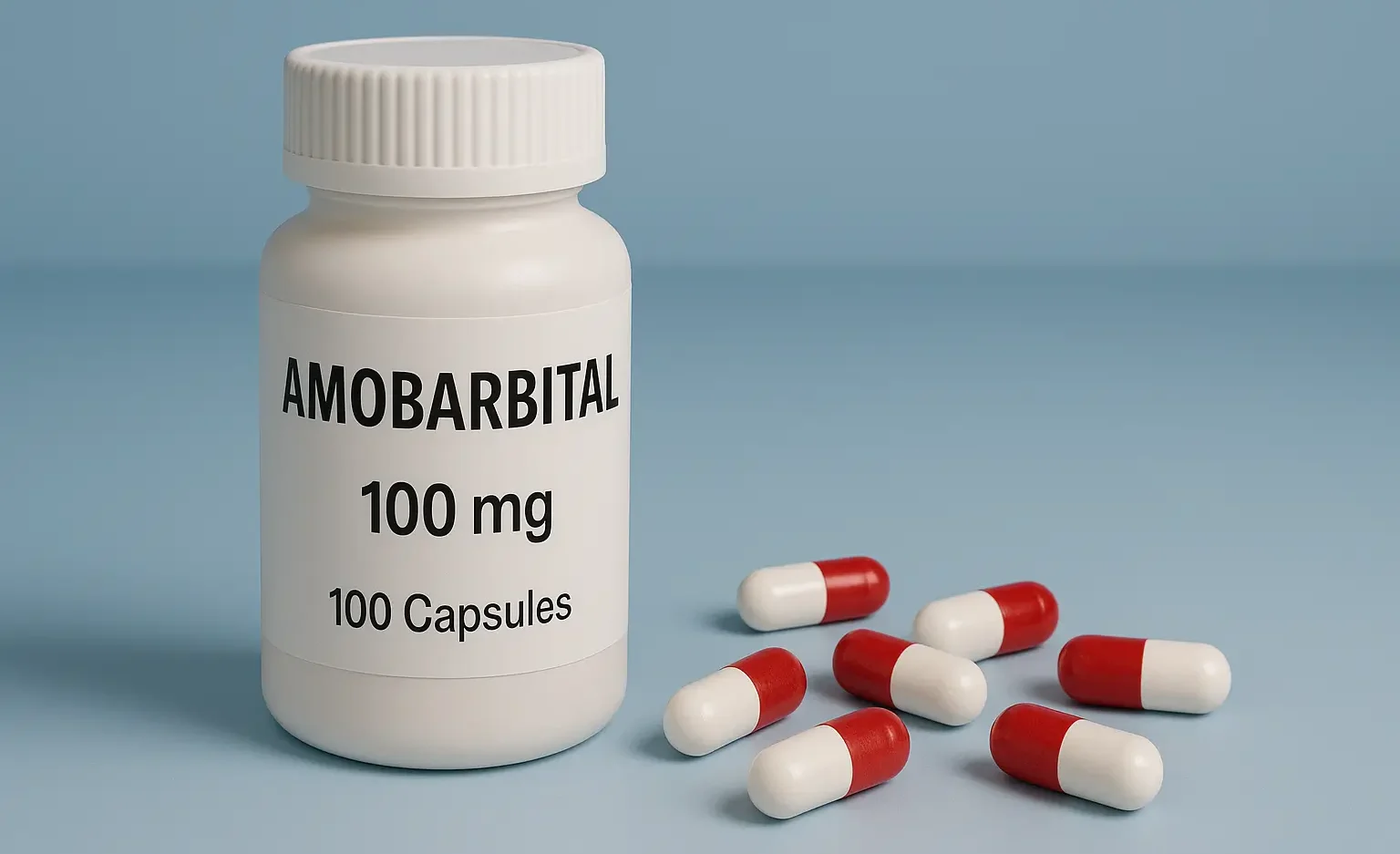Antipsychotic Agents
Definition of Antipsychotic Agents Antipsychotics Agents (also known as neuroleptics) are drugs used to treat schizophrenia, psychosis, bipolar disorder, and related psychiatric conditions. Antipsychotic Agents modify dopamine and serotonin pathways to manage psychotic symptoms. They act primarily by blocking dopamine (D2) receptors, though newer agents affect serotonin and other receptors as well. Classification of Antipsychotic … Read more

